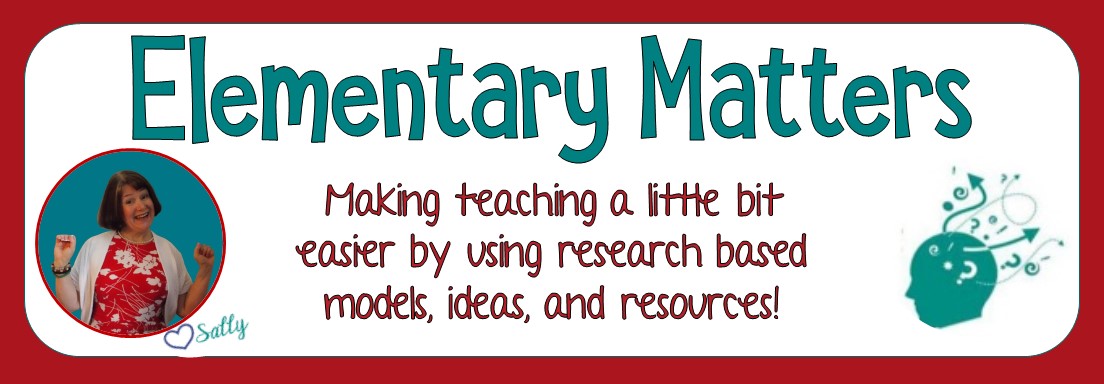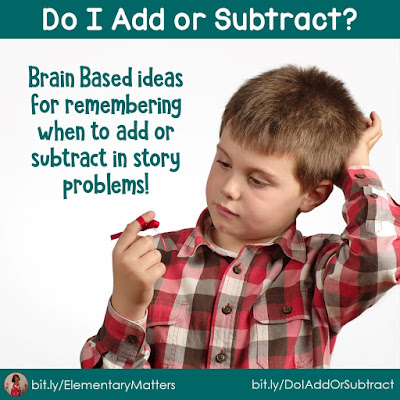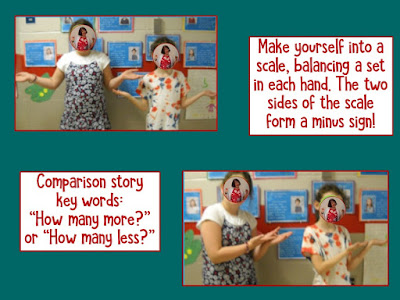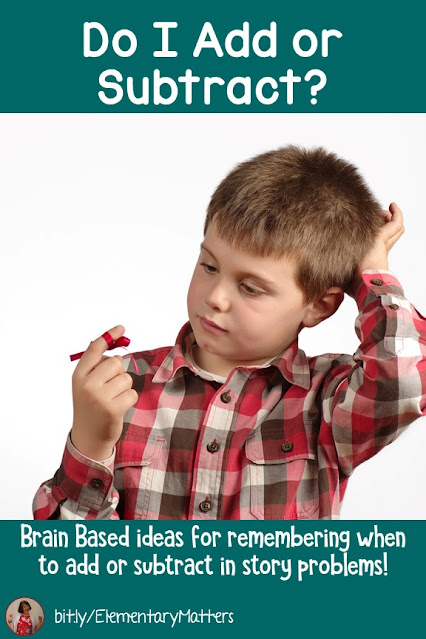Today's post is something to think about.
It's not a cute strategy or a brilliant organizational idea.
It's just a little something teachers and parents need to think about.
Yes, that says failure, and it's an important part of learning!
Sometimes children just need to go beyond their comfort zone.
Sometimes, it's important for children to fail.
I know what you're thinking...
Isn't it easier to help them along, so they can succeed?
What about their self-esteem? They'll have loads of failures through life, just like we have: disappointing grades, failed friendships, sports disappointments, college rejections, career failures, and the dreaded failed romance. People that they have loved will die.
Experiencing failure actually helps the children develop coping skills, resilience, and even creative thinking!
By learning from their mistakes, they actually build self-esteem! Knowing how to cope with little failures will help them cope with the bigger failures that come later in life.
I have a little story from my parenting experience that I share with the parents of my students:
When my daughter was little, I took her ice skating. I'd always loved ice skating, so I'd hoped she'd be successful. She and I stepped out onto the ice holding hands, and we started to skate! She was doing great. There were a couple of times she started to lose her balance, but I was right there to help her, and she got back to skating right away.
After a while, I'll bet you can guess what happened... she stopped trying to stay up on her own.
Then I realized what I needed to do... I needed to let her fall. I let go of her hand and let her go on her own. (It wasn't easy to let go, but I knew it was necessary!)
She fell a few times. She was fine, of course, but that was when she really figured it all out. She started skating, and I learned a valuable lesson.
Kids need failure in order to learn.
She never would have learned to skate if I kept catching her every time she fell.
Sometimes it's easier on us to do things for our children, like tie their shoes, pack their bags, or make their lunches. But just remember:
There are many famous people who have experienced various degrees of failure. Here are some people who brushed it off, then had great success: J.K. Rowling, Thomas Edison, Michael Jordan, Albert Einstein, Mozart, and Walt Disney.
It's not so easy for us, but it's also not easy for the kids. Do you have children in your classroom who are afraid to answer questions because they fear being wrong?
Do you have children who are afraid to complete work because they're not sure they'll get the right answer?
Do you have students who cheat when they play games because they're afraid of losing?
We need to get these kids past that fear of failure!
How can we do that?
1. by making them feel safe.
2. by making them feel confident.
3. by praising their efforts.
4. by continuing to encourage them.
5. by being a role model: let them see you make mistakes and model appropriate ways to cope with failure.
Yes, praise their efforts. I often thank my students for making mistakes.
It might sound like this: "Thanks for pointing that out. You just made us all smarter!"
One last story about my daughter:
She's a perfectionist, and takes pride in her good grades. When she was in 8th grade, she got a C in Algebra. My comment? "Good! Now you know you won't die."
Seriously, it relieved a lot of stress for her. And she turned out to be fine. Plus, it motivated her to work harder in Algebra, and she ended up on the Math Honor Society in High School!
There are loads of studies on the benefits of failure, and how it can be successful.
Give it a google!
I have this poster hanging in my classroom. I refer to it often.
If you look back on your life, can you think of a time when a failure motivated you?
Don't our children deserve that?

































